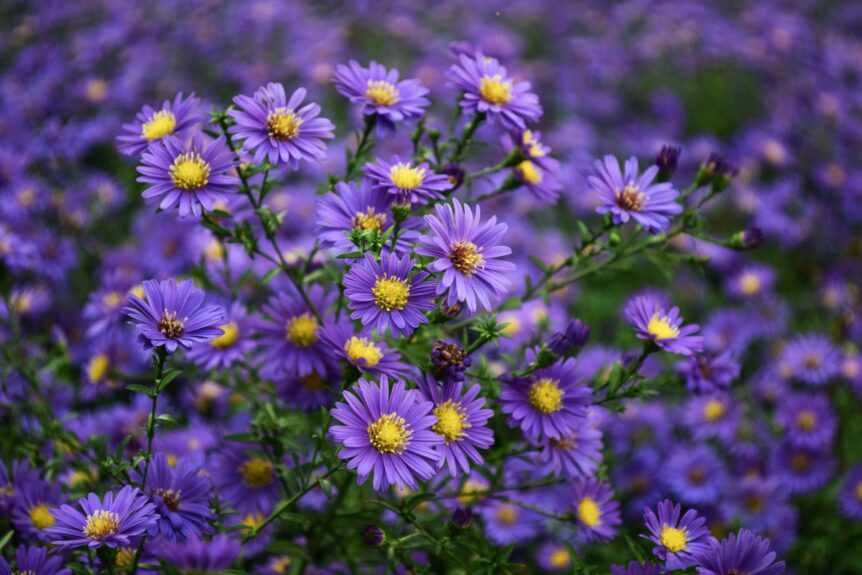In Maryland, August is generally not the ideal time to cut back most perennial plants. It’s usually better to perform significant pruning and cutting back during the fall or spring when the plants are not actively growing. However, there are some exceptions and specific situations where cutting back certain perennials in August might be appropriate.
Keep in mind that individual plant preferences can vary based on their type, location, and growing conditions.
There are a variety of approaches to pruning plants. Understanding the differences between pruning, disbudding and deadheading is helpful. Deadheading is the removal of spent flowers. This prevents them from going to seed which is an energy zapper for a plant. Removing that flower keeps the plant’s energy distributed in that plant making it fuller and bloom more. Disbudding is removing young buds which are smaller in order to produce more flowers. Pruning is trimming back the top few inches of growth with shears and it creates a fuller, bushier plant concentrating the plant’s hormones and nutrients in the rest of the plant.
It’s best to deadhead perennials after the blooming season unless you want them to self-seed and fill in other parts of the garden. If you do decide to leave them, they can become a great food source for birds over winter.
Overcrowding is another concern for plants prone to mildew or rot, including phlox, monarda, delphinium, and aster. These plants benefit from thinning or cutback after the season.
Here are a few perennials that can potentially be cut back in August in Maryland:
-
Bearded Irises (Iris germanica): After they have finished blooming in late spring to early summer, bearded irises can be divided and trimmed back in late summer to early fall. This allows them to establish new roots before winter.
-
Lavender (Lavandula spp.): Lavender plants can be lightly pruned after their main flowering period in summer. Trimming back about one-third of the plant’s height can help maintain its shape and encourage new growth.
-
Daylilies (Hemerocallis spp.): If your daylilies have finished blooming, you can deadhead the spent flowers and trim back any yellowing or damaged foliage in August.
-
Salvia (Salvia spp.): Some varieties of salvias, like Salvia nemorosa, can benefit from a light trimming after their initial bloom to encourage a second round of flowers later in the season.
-
Asters (Aster spp.): Some asters can be cut back by about one-third in mid-summer to control their height and encourage branching. This might also delay their bloom time slightly.
-
Phlox (Phlox spp.): After the first flush of flowering is over, you can trim back phlox plants to about half their height. This can help prevent mildew and encourage a second round of blooms.
Remember, it’s important to assess the specific needs of each perennial plant and consider its growth habits and requirements before performing any pruning. If you’re unsure, it’s a good idea to consult with a local gardening center, cooperative extension office, or a knowledgeable gardener in your area to get advice tailored to your specific situation and plant varieties.
At Chesapeake Landscapes, we offer garden pruning and bed clean outs to help our customer maintain a neat and tidy yard for fall. Have our experienced team members quickly identify, prune, and cut-back plants where appropriate so you can get the best possible result for your property. We serve Harford, Baltimore and Cecil Counties in Maryland. Schedule an appointment here with on of our experienced designers to get started.

